Categories
Latest Updates
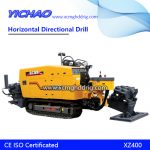
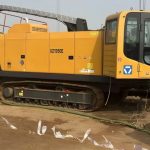
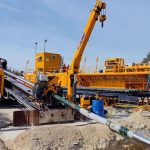
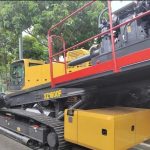
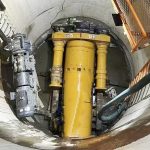
This issue mainly introduces the TV detection and sonar detection technology in the pipeline detection method.
TV detection is mainly suitable for detection when the water level in the pipeline is low, and it can comprehensively check the structural and functional conditions of the drainage pipeline.
Sonar testing can only be used to detect underwater objects. It can detect mud deposits and foreign objects in pipes. It has limited detection of structural defects and is not suitable as a basis for accurate defect determination and repair.
When necessary, the two detection techniques can be used in conjunction with each other to measure the condition of the pipeline above and below the water surface.
At present, the closed-circuit television (CCTV) camera method is widely used in the inspection of the status of underground pipelines, which can detect and record symptoms such as pipeline damage, cracks, blockages, and tree root invasion. The minimum diameter of the pipeline applicable to the CCTV method is 50mm and the maximum is 2000mm.
Early CCTVs used cathode ray tubes, which were not suitable for harsh environments and were easily damaged. This situation changed in the 1980s due to the development of electronic technology and the adoption of CCD (Charge Coupled Device) cameras. Today, CCTV is smaller, lighter, more reliable, and cheaper.
A disadvantage of the CCTV method is that it cannot inspect parts covered by water and silt. In addition, CCTV inspection should ensure that the water level in the pipeline is not greater than 20% of the diameter of the pipeline.
The principle of sonar detection technology is to use reflected high-frequency sound waves to locate the discontinuity of the medium. In theory, this method can be used in the atmosphere, but in practice it is almost only used in underwater conditions. The sonar transmitter moves in the pipeline at a certain speed, and transmits images of the pipeline section at predetermined time intervals. The received signal is affected by the emissivity of the surface of the medium, for example, the soft mud at the bottom of the pipe is different from the color of the image displayed on the pipe wall. However, sonar techniques cannot penetrate hard surfaces and therefore cannot provide parameters regarding pipe wall thickness and the nature of the surrounding formation. The necessary condition for sonar detection is that there should be sufficient water depth in the pipeline, and the water depth of 300mm is the minimum requirement for the equipment to be submerged underwater.
Different from the CCTV method, the sonar method can survey and map the mechanical deformation, settlement, and contour of various structures, such as drainage pipe sections, bridge piers, ports, etc. Drainage pipeline sonar mapping system is very suitable for the detection of river channels, piping, full pipe or half full pipe drainage pipeline. The drainage pipe scanning sonar is installed on a special shuttle-type floating device, which uses sound waves in the water to scan and detect the underwater environment structure, and reflects various mechanical deformations, defects, settlements, dislocations, fractures, and silting of the drainage pipes to the controller. On the screen, the divers are effectively exempted from the high cost and high risk of manually entering the pipeline for inspection.
